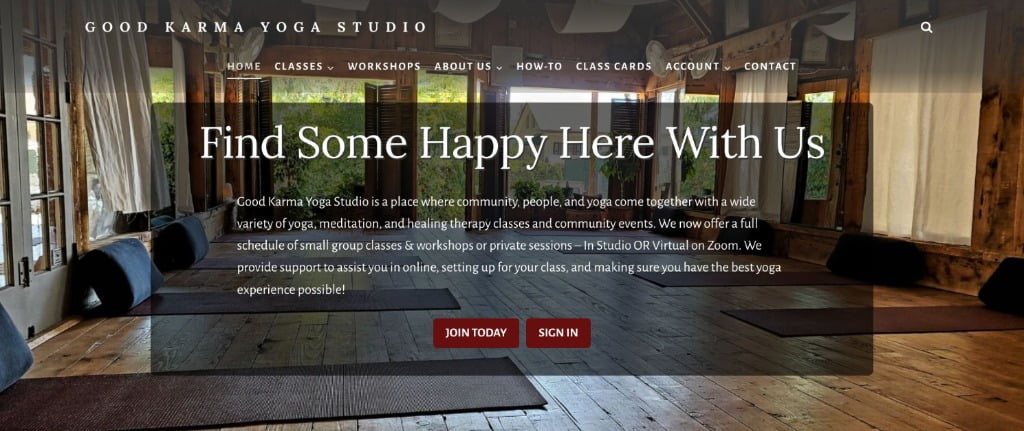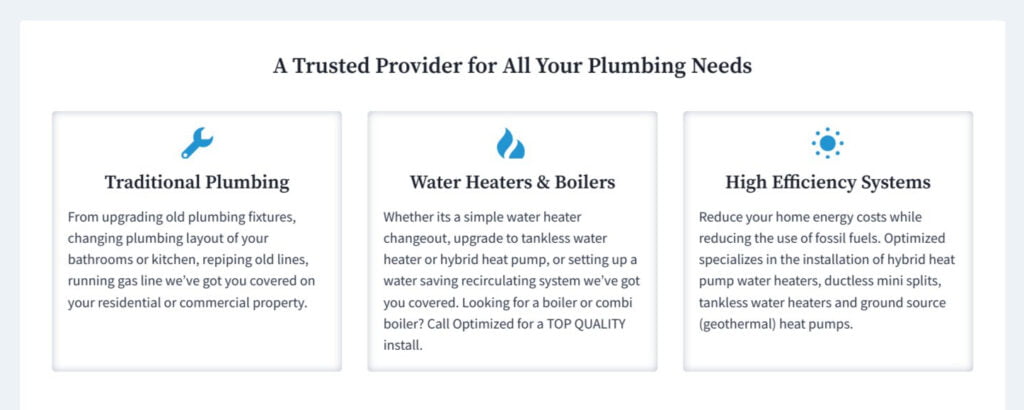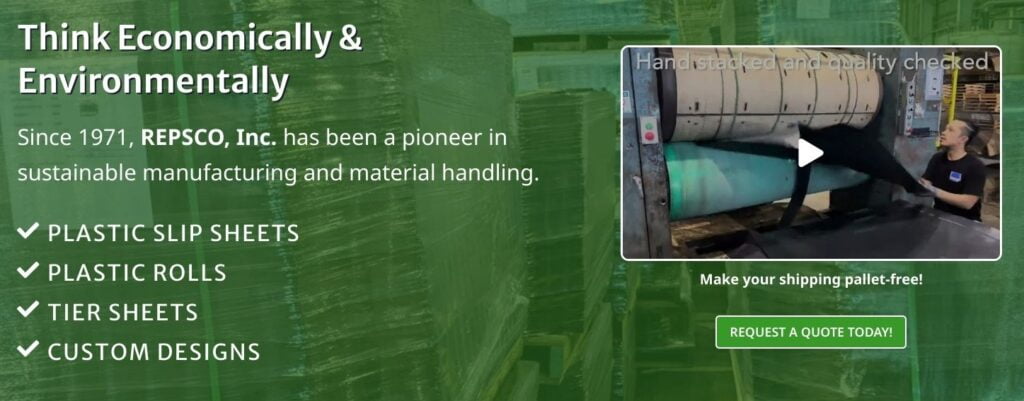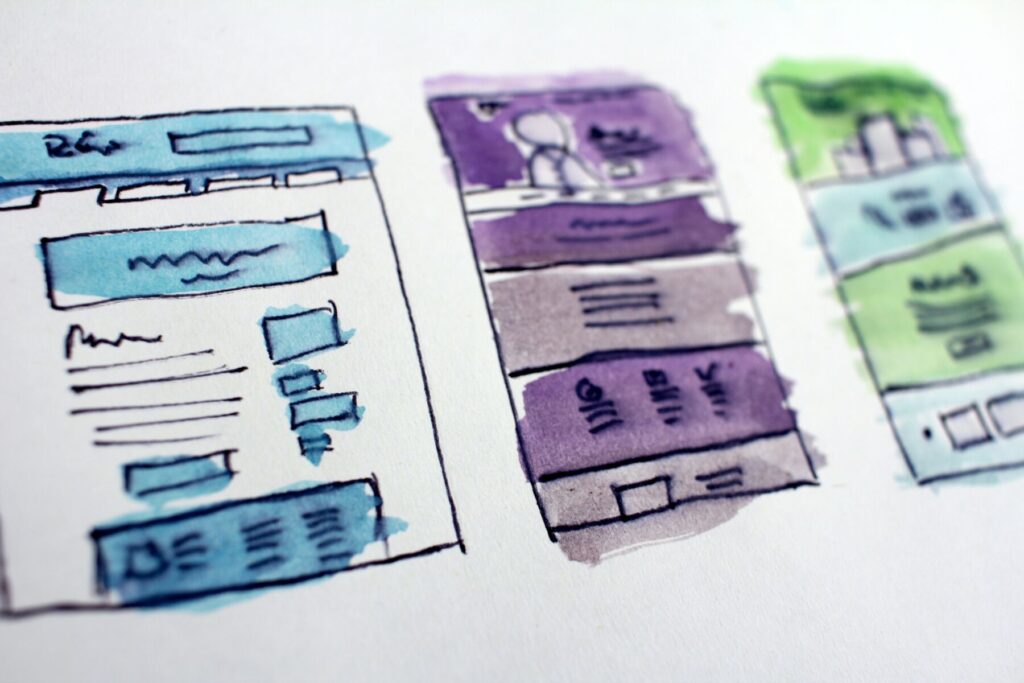Crafting an Engaging Homepage: The 4 Essential Components Every Business Website Needs
Your website’s homepage is like a storefront window. It’s the first impression potential customers have of your business, and they will take only a few seconds to decide whether to step inside or look elsewhere. So, how do you design a homepage that grabs attention, informs visitors, and compels them to take that next step? Let’s take a look at four essential components that will compel visitors to further explore your site.
1. Introduce Yourself with Clarity and Impact
The first question your site visitor wants answered is, am I in the right place? The answer to that question should be clear, concise and impossible to miss. The text at the top of the homepage should include:
- Business Name and/or Logo: This belongs in the top left corner of the page. Research by Nielsen/Norman Group has shown that users are 89% more likely to remember logos shown in the traditional top-left position than logos placed on the right.
- Headline: This is your bold first statement. Keep it short and benefit-oriented. For example, a bakery might use “Fresh-Baked Happiness Delivered Daily.”
- Tagline: Here you offer a bit more detail about what you do. The bakery tagline could be “Delicious Pastries, Cakes & Bread Made with Love.”
- Short Paragraph: Expand on your tagline with a brief (30-50 word) description of your business’s mission, values, and unique selling points. It should highlight what sets you apart from the competition. This is also a good place to include some keywords that you’ve identified for search engine optimization.

2. Map Out Your Website: A Clear Path for Visitors
Your visitors should know what they will be able to find and do on your site. For an e-commerce site, this may include a list of product categories. A service business can highlight services offered, or the steps needed to begin an engagement.

While not exclusive to the homepage, make sure that the site is easy to navigate. Menus should be logically organized and include an explicit “Home” link back to the homepage. Resist the urge to get clever with link text in the menus. Visitors understand and expect to find links to “Products”, “Services”, “About Us”, “Contact”, etc.
3. Why You? Build Trust and Overcome Objections
- Testimonials: Let your satisfied customers speak for you. Include quotes or short videos praising your service or products.
- Awards and Recognition: Highlight industry accolades or certifications that demonstrate your credibility.
- Address Concerns: Briefly acknowledge common pain points and explain how your offerings address them.

4. Next Steps and the Call to Action (CTA)
Don’t leave visitors wondering what to do next. Create one or two clear calls to action to move them off of the homepage and closer to making a buying decision.
- Clear CTAs: Tell visitors exactly what you want them to do next. Use strong action verbs like “Schedule a Consultation,” “Download Our Free E-book,” or “Shop Now.” Consider using a button format in a contrasting color to draw the eye.
- Multiple CTAs: Cater to different visitor goals by offering more than one CTA. For example, one CTA for the visitor who is ready to buy now and another for someone who wants more information. Be careful however, not to overwhelm with too many choices.
- Strategic Placement: Place CTAs prominently throughout your homepage, but especially “above the fold” (the area visible without scrolling).

The Goldilocks Homepage
The homepage is a delicate balance between giving site visitors enough information for them to take the next step and throwing everything your company does at them. Remember that people’s attention span is limited and that they tend to scan rather than read closely. It may take a few iterations with your designer to find that “just right” balance.
The best homepages use these 4 essential components to paint a picture that not only informs and engages visitors but also compels them to explore the website further and ultimately convert them into satisfied customers.


